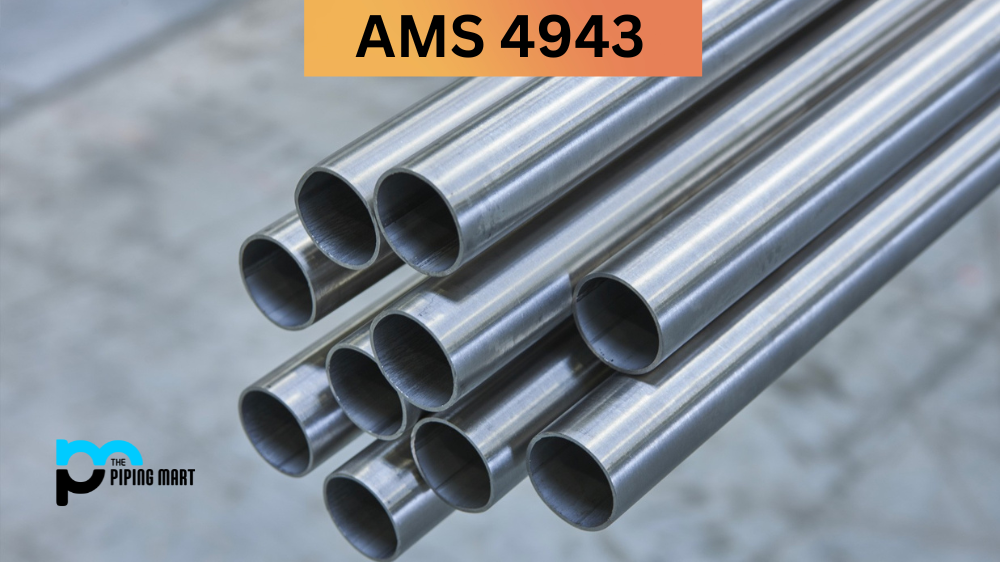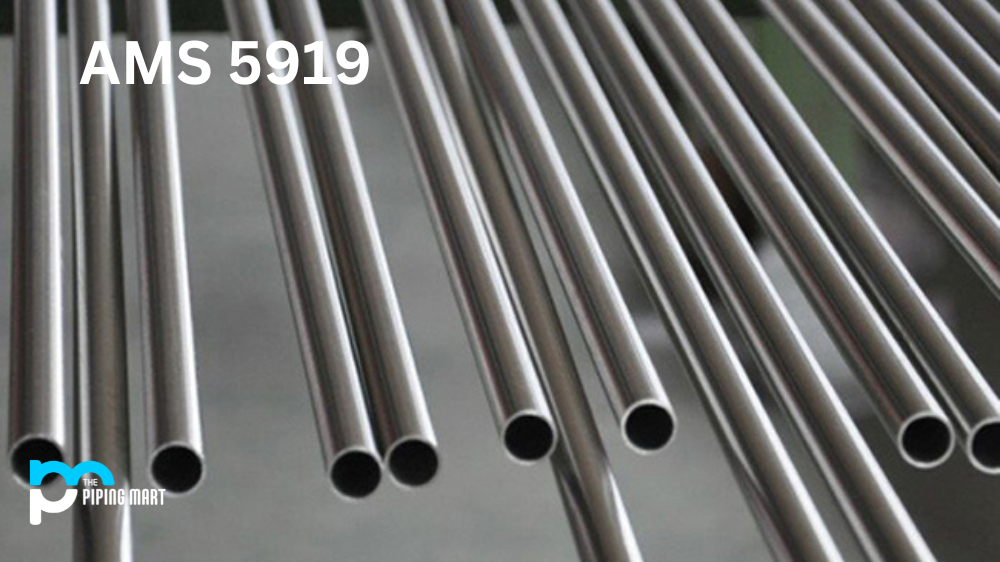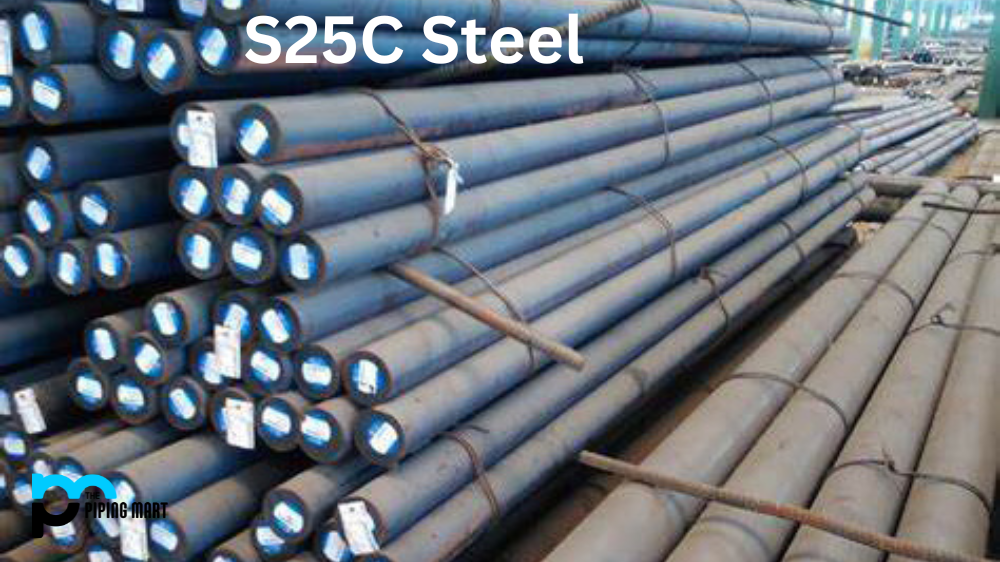Regarding aircraft-grade titanium alloys, AMS 4943 is one of the most commonly used materials. But what exactly is AMS 4943? In this blog post, we will dive into the composition, physical and mechanical properties, uses, hardness, and heat treatment of AMS 4943. Whether you’re a materials engineer, aerospace technician, or just curious, this post will give you the necessary knowledge.
What is AMS 4943?
AMS4943 is a specification developed by the Aerospace Material Specification (AMS) under the SAE International group that covers investment castings made of cobalt-based alloys. These alloys are commonly used in aerospace applications and components due to their superior temperature and corrosion resistance, high strength and toughness, and excellent wear characteristics.
AMS 4943 Composition
AMS 4943 is a titanium alloy with a composition of 6% Aluminum, 2% Molybdenum, 4% Zirconium, 2.5% Tin, and 2% Vanadium. The titanium alloy also contains trace amounts of other elements such as iron, carbon, and nitrogen. This composition was selected because it balances strength, corrosion resistance, and formability well.
AMS 4943 Physical Properties
AMS 4943 has a density of 4.53 g/cm³, which is lower than most steel alloys. It also has a high melting point, estimated at around 1670°C. The material exhibits good thermal conductivity but poor electrical conductivity. Due to its non-magnetic properties, AMS 4943 suits MRI machines and other medical equipment.
AMS 4943 Mechanical Properties
AMS 4943 has an ultimate tensile strength of 1,205 MPa and a yield strength of 1,120 MPa. This means the material can withstand extreme loads and stresses. The alloy also has good fatigue resistance – the ability to withstand repeated loading cycles without failure.
AMS 4943 Uses
Due to its high strength and favourable mechanical properties, AMS 4943 is commonly used in aircraft and aerospace applications. Specifically, it is used to manufacture critical components such as landing gear components, engine components, and airframe assemblies. The material is also suitable for marine applications, such as propeller shafts, due to its excellent corrosion resistance.
AMS 4943 Hardness
AMS 4943 has a hardness value of approximately 36 HRC. This means it has a good combination of toughness and wear resistance, making it suitable for use in high-stress scenarios.
AMS 4943 Heat treatment
AMS 4943 can be heat treated to improve its mechanical properties. The most common method of heat treatment is solution treatment and ageing. This involves heating the material to around 900°C for a few hours, then cooling it in water or oil. The material is then aged at a lower temperature for several hours. This heat treatment process enhances the material’s strength, flexibility, and fatigue resistance.
Conclusion:
AMS 4943 is a high-strength titanium alloy with a wide range of uses in the aerospace industry and other industries that require good corrosion resistance and mechanical properties. Its good balance of strength, toughness, and wear resistance makes it famous for manufacturing critical components in aircraft and marine applications. By understanding the composition, physical and mechanical properties, uses, hardness, and heat treatment of AMS 4943, we can appreciate the science and technology that goes into modern engineering and manufacturing processes.

Abhishek is a seasoned blogger and industry expert, sharing his insights and knowledge on various topics. With his research, Abhishek offers valuable insights and tips for professionals and enthusiasts. Follow him for expert advice on the latest trends and developments in the metal industry.




